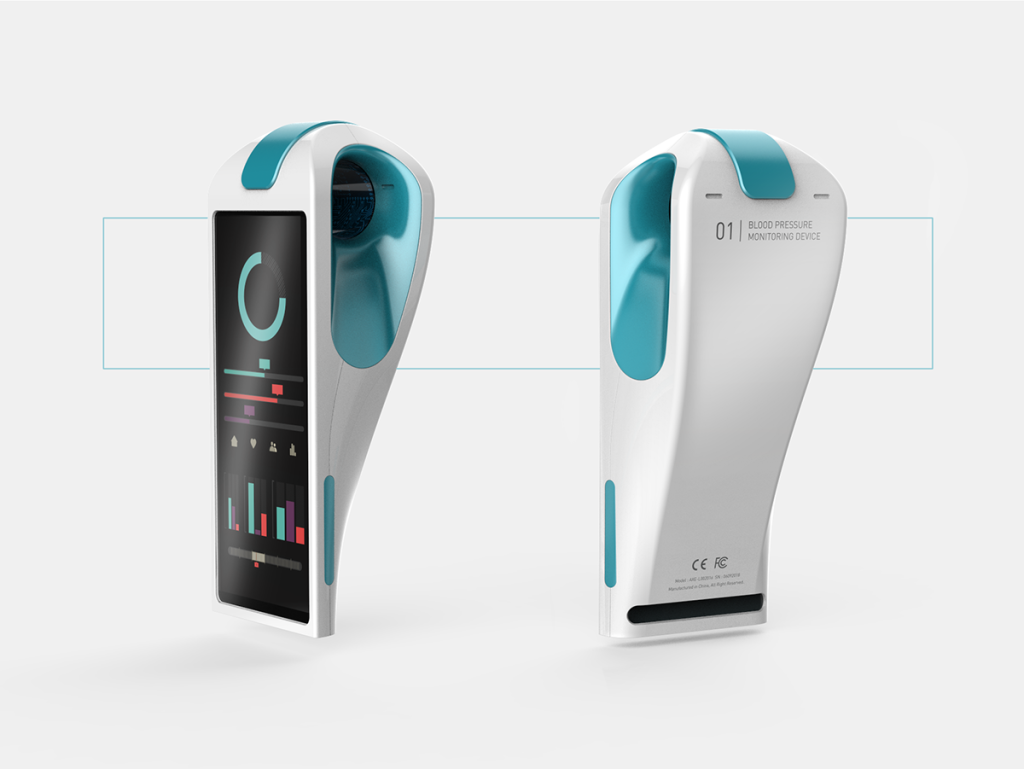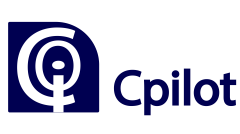Medical system design is a multifaceted process that requires the formation of modern tools and systems to identify, monitor, and handle medical conditions. It encompasses a wide selection of disciplines, including engineering, biomedical technology, human facets, and regulatory affairs. At their key, medical product style aims to boost patient outcomes, improve healthcare supply, and improve medical knowledge.
The method of medical unit style usually starts with identifying unmet scientific needs and possibilities for innovation. This could include performing market research, consulting healthcare experts, and gathering feedback from individuals to understand the issues and needs of the prospective population. By getting ideas in to user needs and choices, manufacturers can develop answers that handle real-world healthcare challenges.
When the design objectives are recognized, the next phase is principle development and prototyping. Manufacturers use many different methods and techniques, such as CAD computer software and 3D printing, to produce prototypes and iterate on design concepts. Prototyping allows manufacturers to try the performance, functionality, and safety of the unit in a managed setting, enabling them to improve the design and handle any problems that arise.
Human facets and ergonomics enjoy a crucial role in medical product style, as devices should be user-friendly and user-friendly for healthcare experts and individuals alike. Manufacturers consider facets such as for example product measurement, form, and program style to enhance usability and minimize the chance of mistakes or misuse. Functionality screening and user feedback are integrated areas of the look method, ensuring that units match the needs of end-users and may be effortlessly built-into clinical workflows.
Through the design method, designers must steer regulatory demands and requirements to make certain submission with relevant regulations and regulations. This might include completing risk assessments, showing design regulates, and preparing regulatory submissions for approval from regulatory agencies including the FDA or CE Marking for the Western market. Compliance with regulatory demands is important to ensure the security and effectiveness of medical products and aid market access.
Along with meeting regulatory needs, medical unit designers must also contemplate facets such as for example cost-effectiveness, scalability, and manufacturability. Design decisions must stability the competitive requirements of efficiency, price, and manufacturability to create units that are both progressive and commercially viable. Relationship with manufacturing associates early in the look method will help streamline production and enhance the production process.
The area of medical unit style is consistently changing, pushed by developments in technology, improvements in healthcare supply, and changes in patient wants and preferences. Emerging developments in medical product style range from the integration of synthetic intelligence, the utilization of wearable and implantable systems, and the product design companies of rural tracking and telehealth solutions. These improvements have the potential to revolutionize healthcare distribution and increase individual outcomes across a wide range of medical specialties.
In summary, medical system design is a complex and powerful field that will require a multidisciplinary approach and a deep understanding of healthcare challenges and opportunities. By leveraging technology, individual factors, and regulatory expertise, medical device manufacturers can produce revolutionary options which have the potential to convert patient attention and advance medical science.

